Cádiz is an ancient city on the southwestern coast of Andalusia, along the Atlantic Ocean. With over 3,100 years of history, this spectacular city is primarily famous for being the oldest continuously inhabited settlement in Western Europe and for its significant role during the Age of Discovery. Inhabited by Phoenicians, Romans, Muslims, and Christians, Cádiz stands out for its impressive architectural legacy from different eras, beaches, and excellent cuisine. In this article, we’ll discover what to see in Cádiz, Spain.
What to See and Do in Cádiz, Andalusia
As you might expect, Cádiz is brimming with attractions and monuments to explore. From classical archaeological sites to beautiful mansions commissioned by wealthy merchants and ornate churches, shaded plazas, and fantastic tapas bars. Here’s a list of the top attractions in Cádiz, Spain.
1. Cádiz Cathedral

It’s hard to search Google Images for “Cádiz” without seeing its silhouette in most of the photos.
When we talk about the most important attractions to see in Cádiz, the beautiful Cathedral of Santa Cruz always deserves a top spot on the list.
This significant Catholic church is known by several names, such as “Santa Cruz on the Sea” because it’s located near the coast of Cádiz Bay, “New Cathedral” because it replaced the Church of Santa Cruz as the city’s seat, and “Cathedral of the Americas” because its construction was financed with wealth generated from trade with the colonies in the New World.
Cádiz Cathedral is appropriately located in the Plaza de la Catedral, in the gaditano Pópulo neighborhood.
With the importance Cádiz gained as the main port between Spain and America, the city experienced unprecedented growth during the colonial era. By the 18th century, the Cathedral of Santa Cruz had become too small, and the construction of a new temple was ordered.
Construction of Cádiz Cathedral began in 1722 following the design of Vicente Acero, who had planned a baroque-style temple. Acero left the project and was succeeded by several other architects. This, along with resource shortages due to Spain’s decline as an imperial power, the independence movements of the American colonies, and the Napoleonic invasions, caused several delays, and the cathedral was not completed until 1838.
During the 116 years it took to build, the church’s design evolved with each era’s tastes, and although it was originally intended to be purely baroque, it features rococo elements and was finally completed in neoclassical style. The materials used, like the cathedral’s styles, varied based on available resources: Genoese marble for the altars and doors, and jasper, limestone, and piedra ostionera for the exterior walls and decorations.
Its chapels display paintings and relics from the old cathedral and various monasteries throughout Spain.
The crypt houses the tombs of composer Manuel de Falla and poet and playwright José María Pemán, both born in Cádiz.
The Levante Tower, one of the towers of Cádiz Cathedral, is open to the public and offers panoramic views of the city from above.

In the Plaza de la Catedral, you’ll also find other must-see attractions in Cádiz, like the Church of Santiago and the Arco de la Rosa.
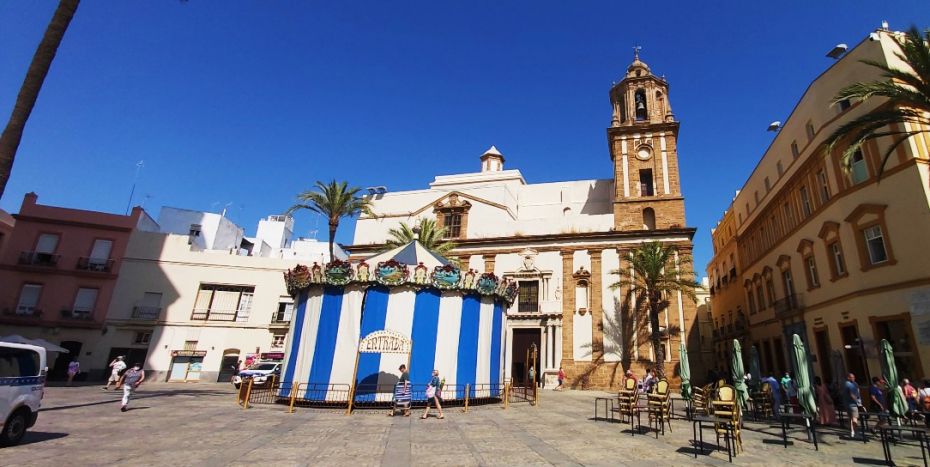
Cádiz Cathedral: Useful Information
- Address: Pl. de la Catedral, s/n, 11005 Cádiz, Spain
- Opening Times: Mon-Sat: 10:00 AM – 7:00 PM, Sun: 1:30 PM – 4:30 PM
- Ticket Prices: General: €6 ($7), discounts for +65, children, and groups
- Tickets & Tours: Book Now
2. Roman Theater of Cádiz
The Roman Theater of Cádiz, also located in the El Pópulo neighborhood, is undoubtedly one of the must-see attractions in Cádiz, especially for history enthusiasts.
This large theater was discovered by accident in 1980 by archaeologists who found galleries in the area that they initially associated with the Castillo de la Villa, a medieval fortress that disappeared in the 19th century.
Once excavation work began, it became clear that the building was not a 13th-century castle but the remains of a much older theater, specifically from the late 1st century BC.
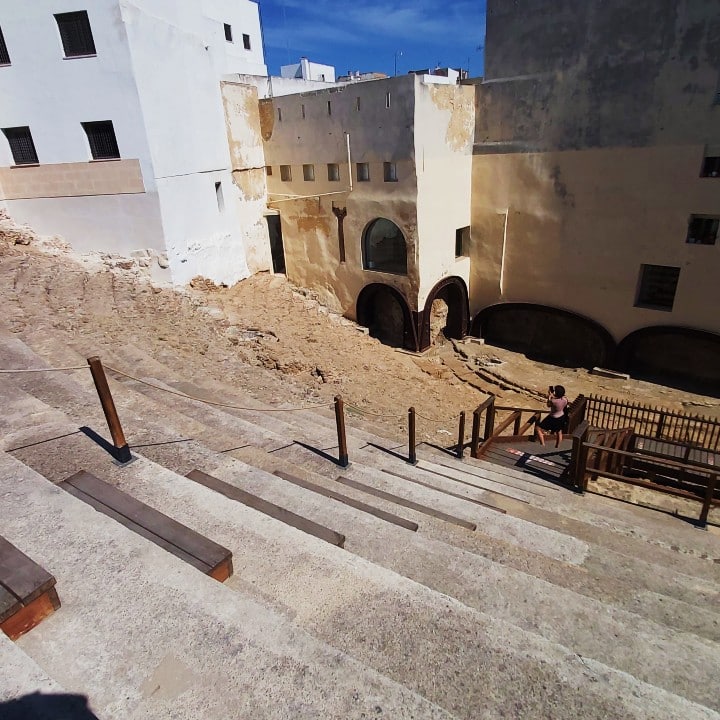

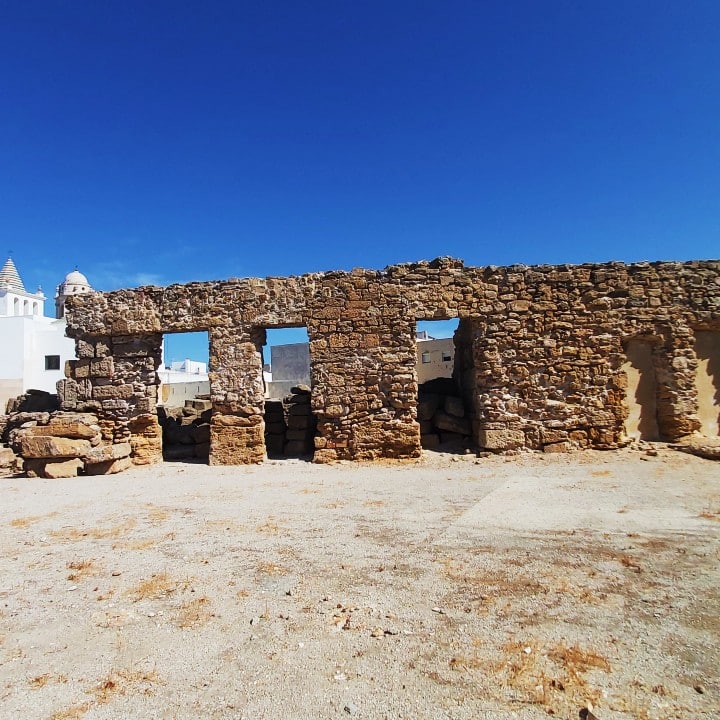
By 70 BC, the authorities of Gades had decided to expand the city limits eastward and build a necropolis, a large amphitheater for chariot shows, and a theater in this new area. The latter was constructed near the El Pópulo neighborhood, the epicenter of Roman Cádiz.
With this construction, Gades became the first Roman city in Hispania to have a stone theater. The Roman theater of Cádiz was built even before those in the major Roman cities of Corduba, Augusta Emerita, or Tarraco.
The Roman theater of Cádiz stands out not only for its age but also for its size, with a capacity for 20,000 spectators, making it one of the largest in the Iberian Peninsula.
After the fall of Roman power in Hispania, the structure fell into disuse and was plundered and used as a quarry for nearby buildings. Its galleries and rooms continued to be used as warehouses, houses, and stables during the Middle Ages. Finally, the building was buried when it was used as the foundation for an Islamic fortress.

Excavations in the 1980s brought to light much of the theater, including the main seating area, gallery, several tunnels, and rooms. However, the most monumental part of the theater, the stage and the portico, which are located at the rear, could not be excavated due to the presence of several buildings. Its ruins still lie beneath the El Pópulo neighborhood.
Roman Theater of Cádiz: Useful Information
- Address: C. Mesón, 11, 13, 11005 Cádiz, Spain
- Opening Times: Mon-Sun: 10:00 AM – 4:30 PM
- Ticket Prices: Free Entry
- Tickets & Tours: Book Now
3. Tavira Tower & Camara Osbcura
Located at the highest point of the old town and standing 44 meters (147 feet) above sea level, Torre Tavira has been the official watchtower of Cádiz since 1778.
This ornate baroque-style tower is situated in the Casa-Palacio de los Marqueses de Recaño, one of the finest examples of 18th-century palace architecture in Cádiz.

Torre Tavira is named after its first watchman, Lieutenant Antonio Tavira.
One level below the terrace is the Camera Obscura. Installed in 1994, this device, which originated in 4th century BC China, consists of a system of lenses that projects real-time exterior scenes onto a screen.
Sessions of the Camera Obscura in Cádiz are held every half hour and last for 15 minutes. The camera’s lenses have a high magnification, so it’s almost like looking at the city through a powerful telescope.
The exhibition rooms on the lower floors display information about Cádiz’s development over time and the history of the tower. Also on display are Antonio Tavira’s original spyglass and the watchman’s daily logbook.
The terrace of Torre Tavira offers spectacular 360-degree views over Cádiz and the bay.
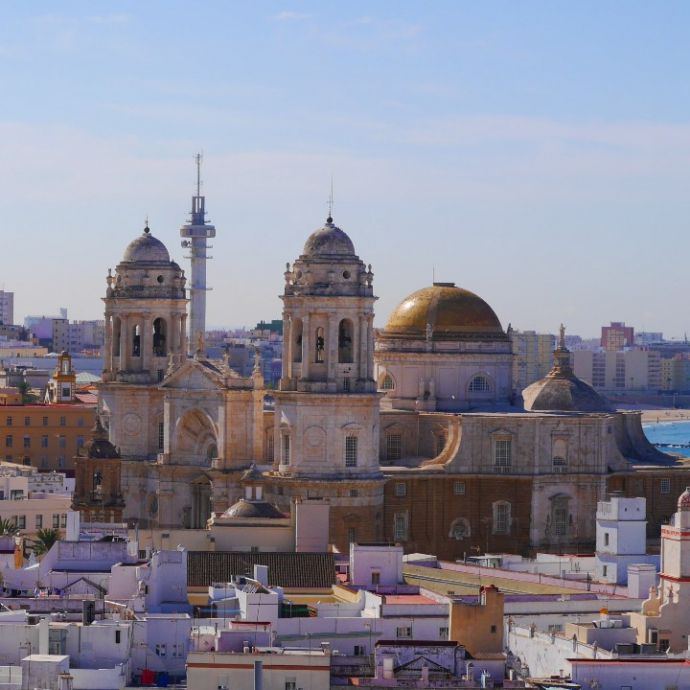

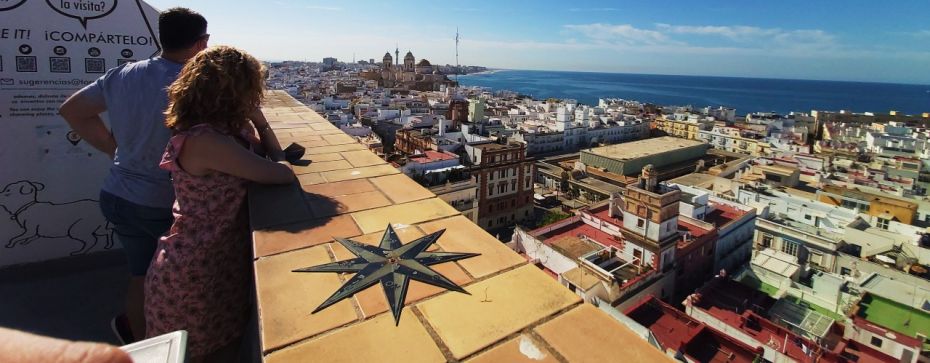
Torre Tavira: Useful Information
- Address: C. Marqués del Real Tesoro, 10, 11001 Cádiz, Spain
- Opening Times: Oct-Apr: Mon-Sun 10:00 AM – 6:00 PM | May-Sep Mon-Sun 10:00 AM – 8:00 PM
- Ticket Prices: General: €7 ($8), discounts for +65, students, large families, and people with disabilities
- Tickets & Tours: Book Now
4. Cádiz Museum
The Cádiz Museum, located in the beautiful Plaza de Mina, is a must-see attraction in Cádiz, especially if you love history and art.

This impressive museum was founded in 1970 after the merger of the Provincial Museum of Fine Arts and the Provincial Museum of Archaeology.
The Cádiz Museum is divided into three levels: the ground floor focuses on history and archaeology, the first floor is dedicated to art, and the second floor houses a collection of puppets.
Divided into several rooms, the archaeology section of the museum showcases the evolution of the province of Cádiz and the different peoples who inhabited it. This collection is notable for its prehistoric finds, as well as items from Phoenician-Punic Gadir and Roman Gades.
The Fine Arts collection, located on the first floor, stands out particularly for its extensive collection of religious art, especially the Zurbarán series from the Charterhouse of Jerez de la Frontera.



Cádiz Museum: Useful Information
- Address: Pl. de Mina, s/n, 11004 Cádiz, Spain
- Opening Times: Tue-Sat 9:00 AM – 9:00 PM, Sundays and holidays: 9:00 AM – 3:00 PM, Mondays: closed
- Ticket Prices: Free for European Union citizens, others €1.50 ($1.70)
- Tickets & Tours: Book Now
5. El Pópulo Neighborhood
El Pópulo is the heart of Cádiz’s old town.
The El Pópulo neighborhood is characterized by its charming narrow and winding alleys that perfectly capture the rich history of Cádiz.
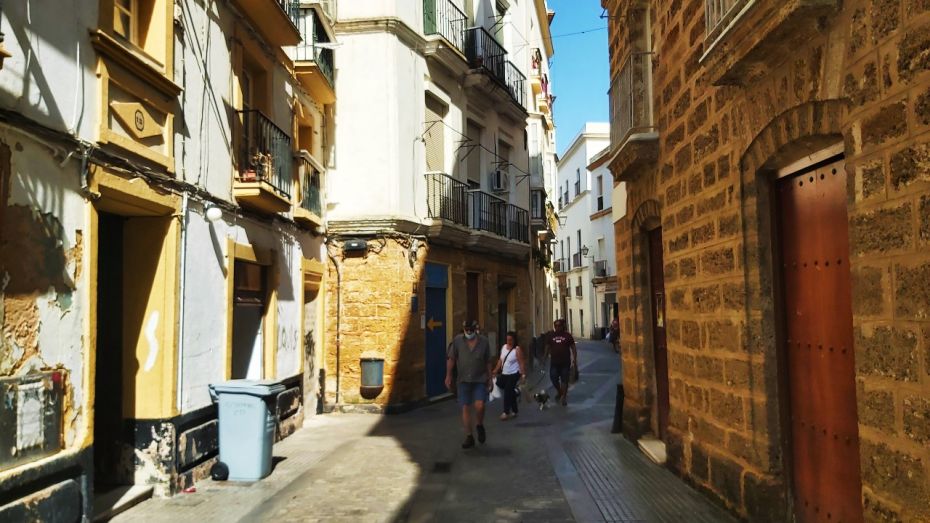
In this historic neighborhood, you’ll find some of the most important attractions in Cádiz, including the aforementioned New Cathedral, the old Cathedral of Santa Cruz, and the Arco de la Rosa.
This area is also home to the ancient Roman Theater of Cádiz. Although the origins of the area date back to antiquity, most of its streets and buildings were constructed starting in the 13th century.
From this period date the three access arches to the neighborhood: the Arco de la Rosa, with its battlements; the Arco del Pópulo, the original gate to the port; and the Arco de los Blanco, where the chapel of the Virgin was located.
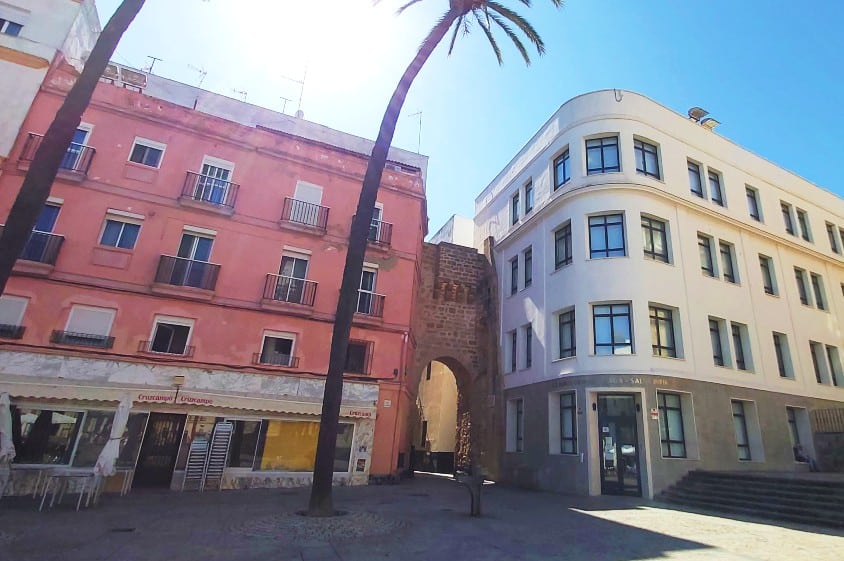
El Pópulo is also a great area for bars and restaurants, and its streets are filled with small shops.
El Pópulo Neighborhood: Useful Information
- Address: Plaza de la Catedral, s/n, 11005 Cádiz, Spain
- Opening Times: Open daily
- Ticket Prices: Free Entry
- Tickets & Tours: Book Now
6. Oratory of San Felipe Neri
With its elliptical floor plan and elegant baroque facade, the Oratory of San Felipe Neri is one of the must-see attractions in Cádiz.
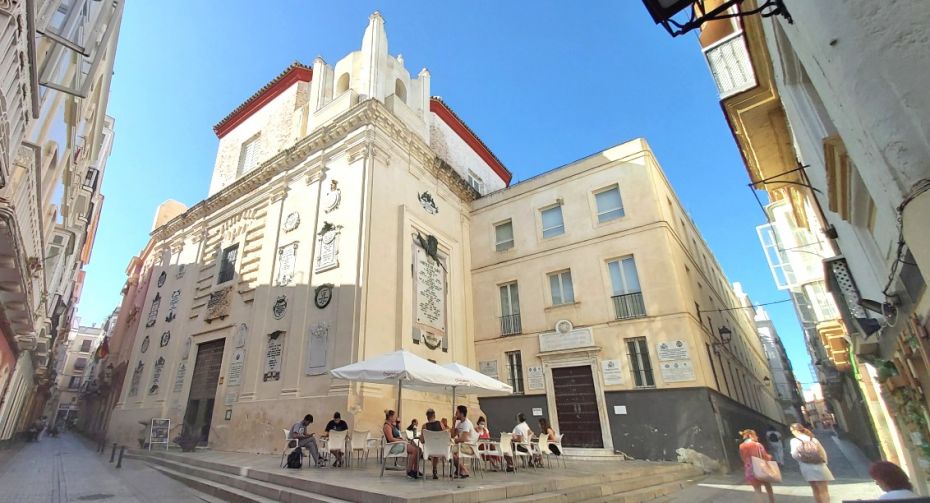
This building, which belonged to the old Oratory of the Philip Neri, was constructed between 1685 and 1719 by the master builder Blas Díaz from Ceuta.
Besides its artistic interest, the Oratory of San Felipe Neri also has significant historical importance. It was here in 1812 that the Spanish Cortes met to draft Spain’s first Constitution, colloquially known as “La Pepa”.
Its facade is decorated with multiple commemorative plaques, most of which were installed in 1912 to celebrate the centennial of the Constitution of Cádiz.
An adjoining building to the Oratory of San Felipe houses the Interpretation Center of the 1812 Constitution.
Oratory of San Felipe Neri: Useful Information
- Address: C. San José, 36, 11003 Cádiz, Spain
- Opening Times: Monday to Friday 9:00 AM – 3:00 PM. Saturdays, Sundays, and holidays: closed
- Ticket Prices: General €4 ($4.50). Unemployed, +65, and youth €2 ($2.25). Children free
- Tickets & Tours: Book Now
7. Gadir Archaeological Site
The Gadir Archaeological Site is a 3,000-year-old archaeological find.
The archaeological remains are located under the La Tía Norica Puppet Theater, very close to the Central Market and Plaza de las Flores in the center of Cádiz.
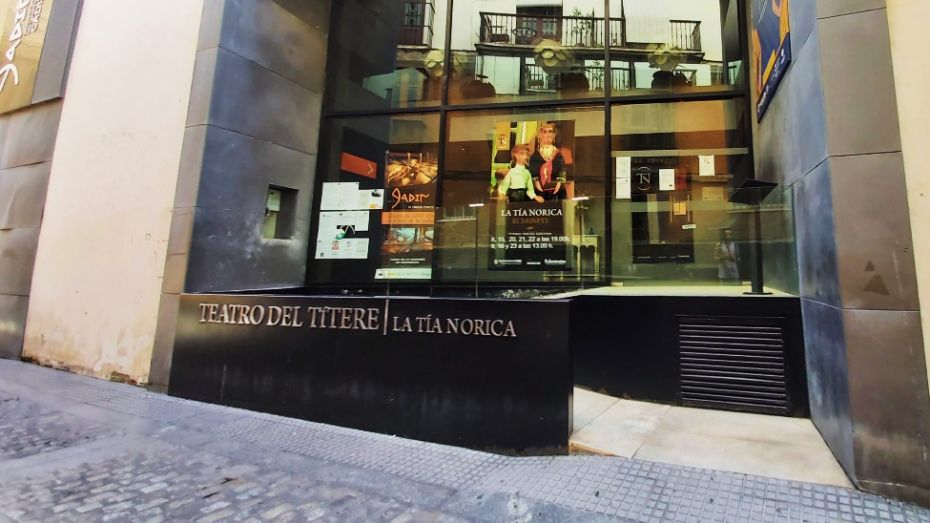
The Gadir site is not only one of the best tourist attractions in Cádiz, but it is also one of the most important Phoenician archaeological finds in the world from a historical point of view. The scarcity of architectural remains from Phoenician settlements in the Western Mediterranean makes it a unique place to understand what life was like in a 9th century BC Phoenician city.
In addition to the Phoenician remains, the site also preserves an ancient Roman fish processing plant, including the pools (piscinas) used for preserving fish in brine.
The remains are located at the highest point of what was once Erytheia Island, the smallest of the Cádiz archipelago, which later joined Cotinussa (San Pedro Island) after the channel that separated them disappeared.

Both the buildings and the streets of ancient Gadir were constructed of clay. Even today, it is possible to see fossilized footprints of the many cattle that crossed these paths.
The visit to the Gadir Archaeological Site is organized around the life of Mattan, a Phoenician citizen who died in a fire in the 6th century BC. His remains are an essential part of the thematic organization of the ruins and help to make sense of the tour.
Gadir Archaeological Site: Useful Information
- Address: C. San Miguel, 15, 11001 Cádiz, Spain
- Opening Times: Tuesday to Saturday 11:00 AM – 9:00 PM. Mondays closed
- Ticket Prices: Free Entry
- Tickets & Tours: Book Now
8. Puerta de Tierra
Puerta de Tierra serves as the gateway to the city through the last remaining walls of Cádiz.
This gate, constructed in the 18th century, is one of the surviving fragments of the Cádiz fortifications and is designed more like a religious altarpiece than a defensive fortification.
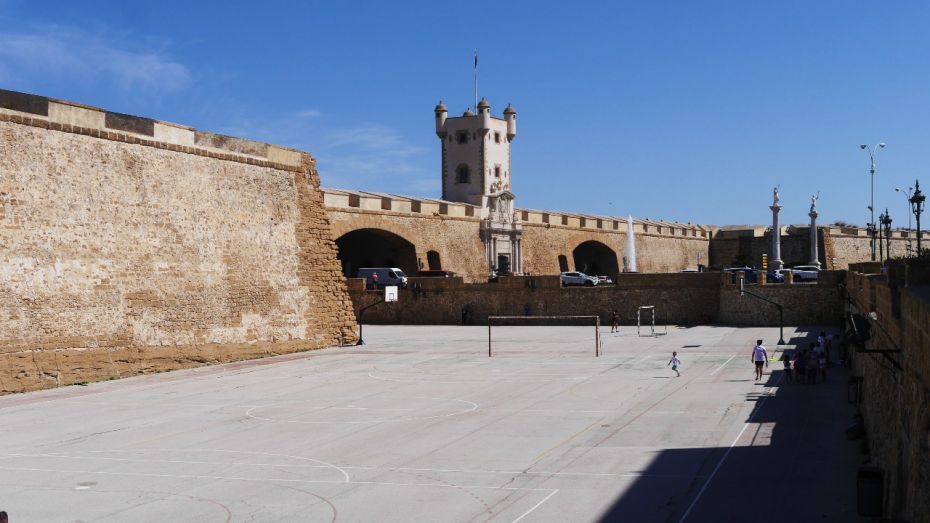
The gates are one of the most recognizable symbols of Cádiz and separate the Old Town from the modern part of the city.
The first fortifications and bastions in this area date back to the 16th century, but it was not until the 18th century that they acquired their current form, with their religious facade and marble portico resembling a triumphal arch. The tower was built in the late 1850s as an optical telegraph tower.
In the first half of the 20th century, with the population growth in the areas outside the walls, there was consideration of demolishing the entire complex to allow better vehicle access to the city center. In the end, they decided to fill in the moats and open two new arches in the wall.
Puerta de Tierra: Useful Information
- Address: Plaza de la Constitución s/n, 11008 Cádiz, Spain
- Opening Times: Open daily
- Ticket Prices: Free Entry
- Tickets & Tours: Book Now
9. San Sebastián Castle
San Sebastián Castle is a military fortress located at the end of La Caleta beach, on a small island separated from the city of Cádiz.
According to tradition, this island housed the Phoenician temple dedicated to the god Moloch, who later became Kronos in Greek mythology, the titan father of the gods Zeus, Poseidon, Hades, Hestia, Demeter, and Hera.
The castle is named after a chapel built in 1457 by Venetian sailors who were forced to quarantine on the island after being infected with the plague. The chapel was constructed using remnants of an ancient Islamic-era lighthouse.

The first fortifications were built in the 17th and 18th centuries to defend against enemy attacks on the north side of Cádiz. In 1860, the current castle was built, and the dikes and bridges connecting it to the city were added.
The castle’s lighthouse, designed by Rafael de la Cerda, has an iron structure. It was the second electric lighthouse in Spain and stands 40 meters (135 feet) above sea level.
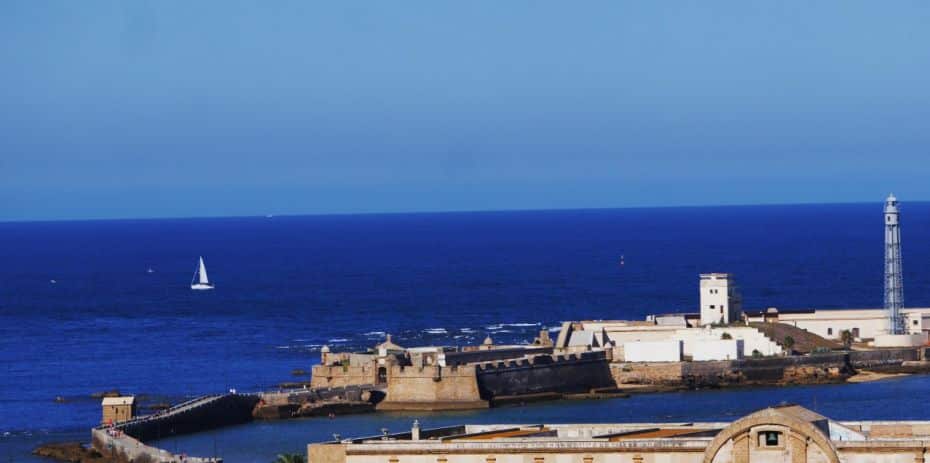
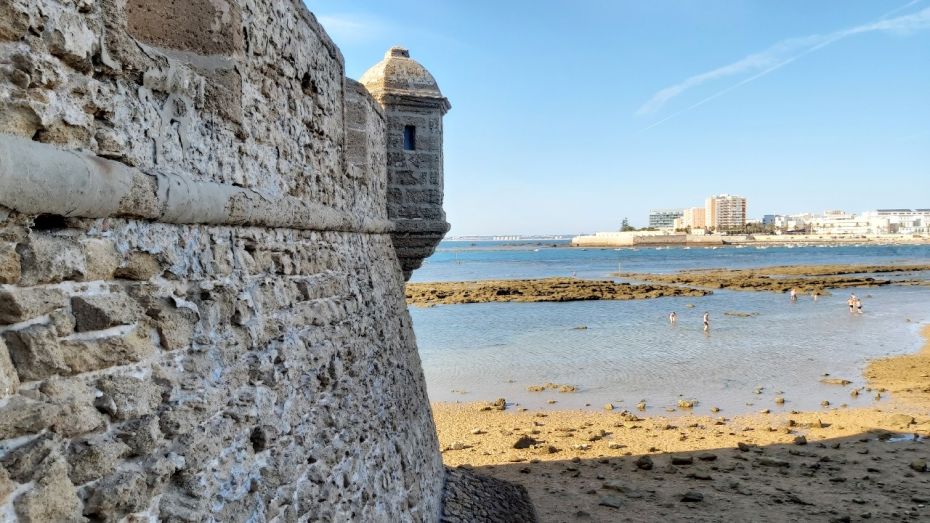
Currently, the castle is closed to the public, but the dikes and bridges can be visited and offer beautiful views of La Caleta beach and the city.
10. La Caleta Beach
La Caleta is a beach located in the old town of Cádiz.
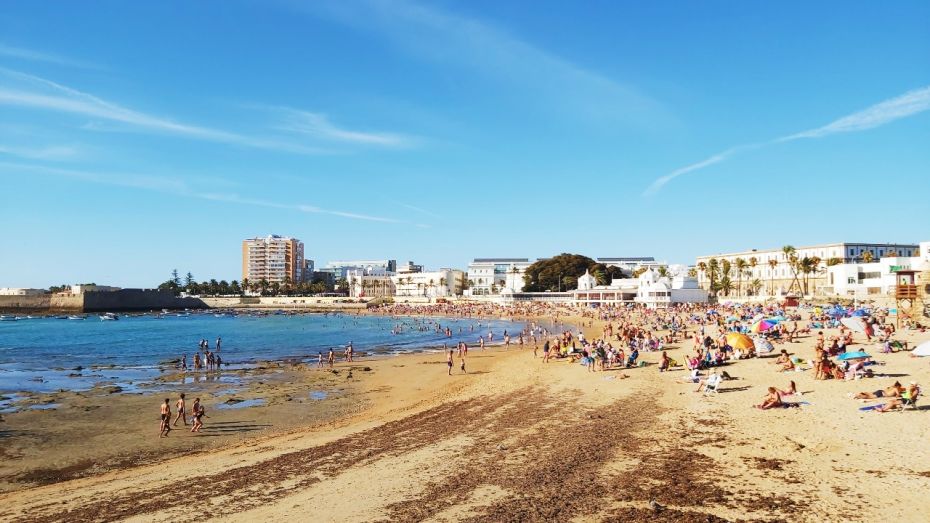
La Caleta beach forms a natural harbor that was historically used by Phoenicians, Carthaginians, and Romans.
Although it is the most central beach in Cádiz, La Caleta is also the smallest in the city and is isolated from the others. It runs between the castles of San Sebastián and Santa Catalina and is opposite the Faculty of Economics and Business Sciences at the University of Cádiz campus.
Thanks to its location, La Caleta is the most popular beach in Cádiz and has inspired writers, musicians, and poets such as Isaac Albéniz, Carlos Cano, Paco Alba, and José María Pemán.
La Caleta beach has been featured in several films, including Die Another Day (from the James Bond series), El amor brujo, Alatriste, and Manolete.
The people of Cádiz consider La Caleta beach to be one of the most symbolic places in their city, and it is a recurring theme in the songs of the Cádiz Carnival.
11. La Viña Neighborhood
The laid-back La Viña neighborhood is a traditional fishing area in Cádiz.

This area, which is located very close to La Caleta beach, is home to many of the city’s tapas bars.
La Viña is the place to go if you’re looking for the best fine wines from Jerez, the most delicious fried fish, and the most bustling terraces in Cádiz.
La Viña is also the main stage for the Cádiz Carnival. During Carnival season, which falls in February or March depending on the year, the neighborhood is filled with locals and visitors, bringing energy, joy, and color.
12. Genovés Park
Genovés Park is the largest green space in the center of Cádiz.
Located at the northwestern end of the city, between the Parador of Cádiz and the Baluarte de la Candelaria, this beautiful park was inaugurated in 1892.
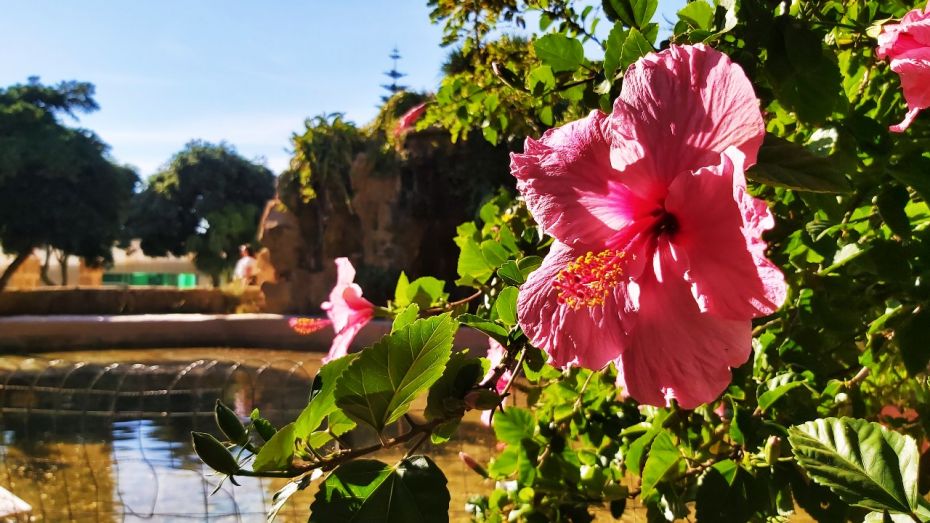
Genovés Park hosts more than 150 different species of trees, palms, and shrubs brought from South America, Asia, and Oceania. Thanks to Cádiz’s nearly subtropical microclimate, these different species have adapted to survive and thrive thousands of miles from their places of origin.
Although its design features asymmetry and various landscape styles, Genovés Park is a serene and beautiful space.
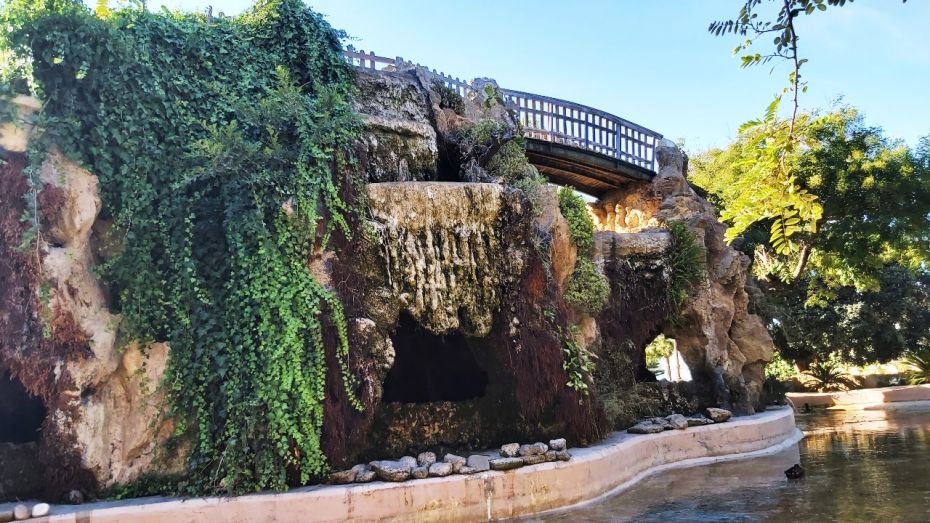
One of the park’s attractions is “The Grotto“, a pond that includes a waterfall with a small cave where several bird species coexist.
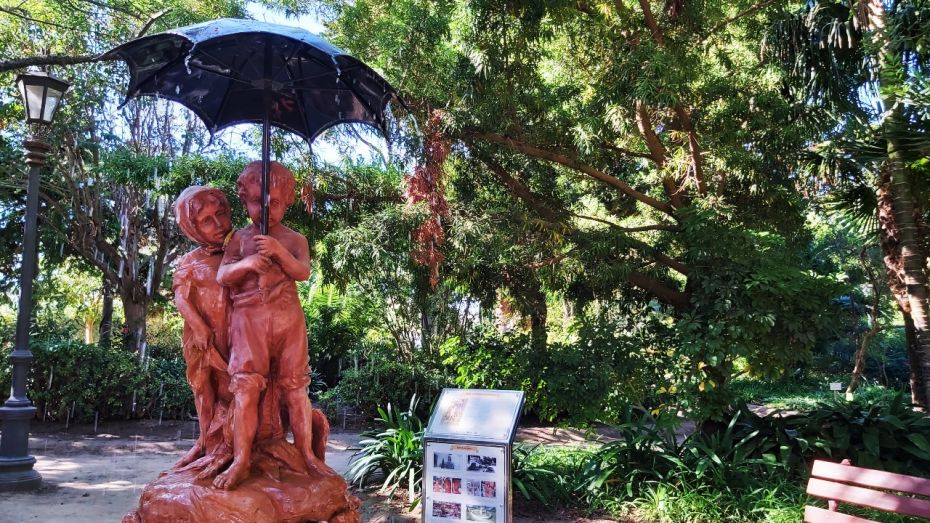
The park also has several sculptures and decorative elements, including the “Children under the Umbrella.” There are also sculptures dedicated to José Celestino Mutis, the Duchess of Victoria, José María Pemán, Félix Rodríguez, and the Battle of Trafalgar.
Genovés Park: Useful Information
- Address: Genovés Park, Av. Dr. Gómez Ulla, s/n, 11003 Cádiz, Spain
- Opening Times: 8:00 AM to 10:00 PM
- Ticket Prices: Free Entry
- Tickets & Tours: Book Now
13. Santa Catalina Castle
Santa Catalina Castle, also known as the Santa Catalina Bastion, is a fortification located at the northern end of La Caleta Beach.

This fort, which extends into the sea thanks to its breakwaters, was built in the 16th century to protect the city from foreign attacks.
Its layout is pentagonal, and its points jut out into the sea like a star. In the 18th century, the castle became a military prison, although it is currently used for cultural events.
14. Alameda Apodaca Gardens
The Alameda Apodaca and Marqués de Comillas is a promenade with gardens located in the historic center of Cádiz.
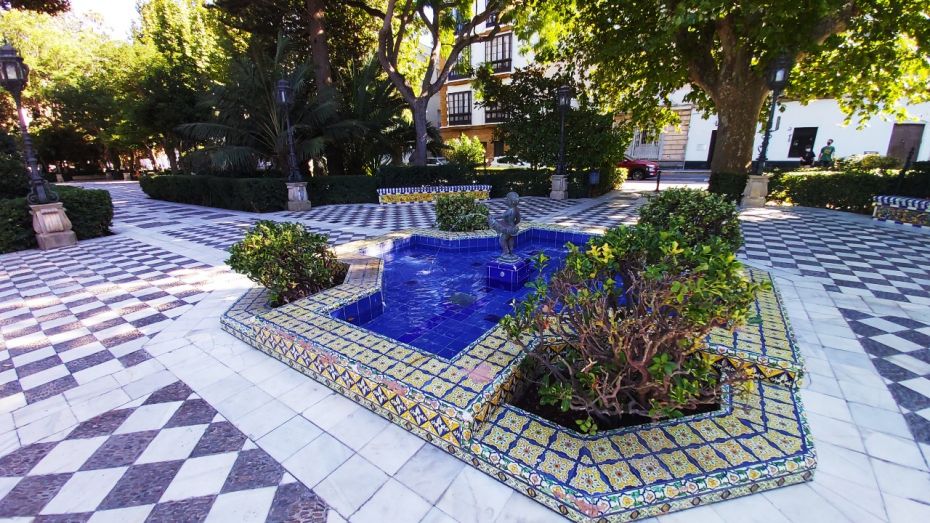
This beautiful pedestrian walkway runs parallel to the sea and the city wall, between the San Carlos Walls and the Baluarte de la Candelaria.
Its current design, in a regionalist style, dates back to 1927 and was created by architect Juan Talavera y Heredia, who redesigned the existing promenade into a Sevillian-style garden to match the aesthetic of the Ibero-American Exposition.
The Alameda is composed of a series of flower beds with plant ornamentation and several sculptural groups.
15. Candelaria Bastion
Built in 1672 in a strategic position, the Candelaria Bastion protected the entrance to the port and the northwestern area of Cádiz.
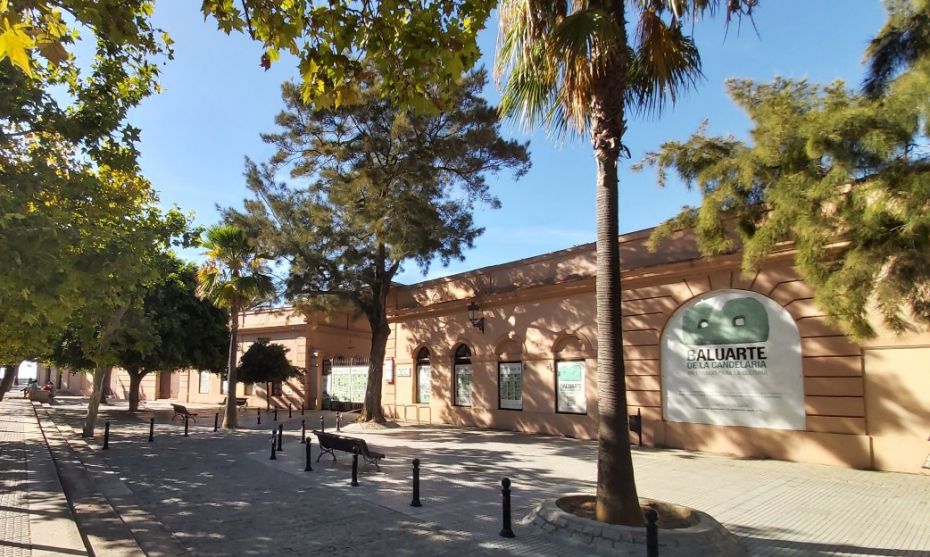
Considered the most ambitious defensive building constructed in the 17th century in Cádiz, the Candelaria Bastion is the best-preserved example of its kind in the city.
In the late 20th century, it was restored to adapt the building for its current use as a cultural center for exhibitions and concerts.
16. Cádiz Central Market
The Cádiz Central Market is an almost mandatory stop for any food lover or for those who want to experience daily life in the historic center of Cádiz.
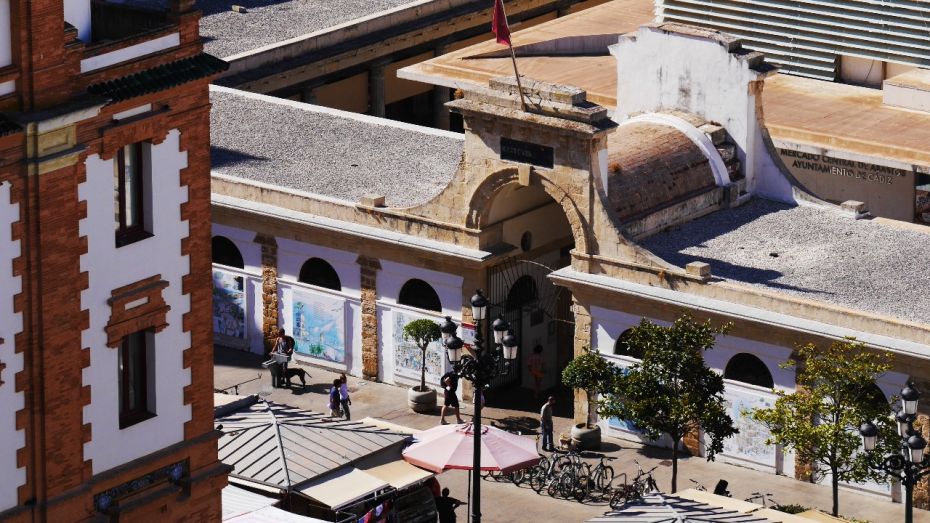
This popular market, located in Plaza de la Libertad, was inaugurated in 1838 and has been renovated several times.



With more than 100 food stalls, this is the place to visit in Cádiz if you’re looking for the freshest fish, meat, vegetables, or fruits.
The Cádiz Central Market also includes several eateries, bars, and terraces that offer typical food, such as fruit smoothies and beer.
17. Plaza de las Flores
Plaza de las Flores is a popular spot located in the historic center of Cádiz, known for its colorful flower stalls.

Next to this plaza is the beautiful Correos y Telégrafos building, a regionalist-style work dating from 1930, characterized by its glazed ceramic decorations.
The Plaza de las Flores comes to life during Carnival celebrations, when numerous groups and theater troupes gather in the vicinity of Plaza de La Libertad.

Next to this plaza is the beautiful Correos y Telégrafos building, a regionalist-style work dating from 1930, characterized by its glazed ceramic decorations.
The Plaza de las Flores comes to life during Carnival celebrations when numerous groups and theater troupes gather in the vicinity of Plaza de La Libertad.
18. Plaza de España & Monument to the Constitution of 1812
Plaza de España in Cádiz is one of the most beautiful in the city.
Located next to the Bay and the Port of Cádiz, Plaza de España houses the Monument to the Constitution of 1812. This immense architectural-sculptural group was designed by Modesto López Otero, with sculptures by Aniceto Marinas. Construction began in 1912 and was completed in 1929.
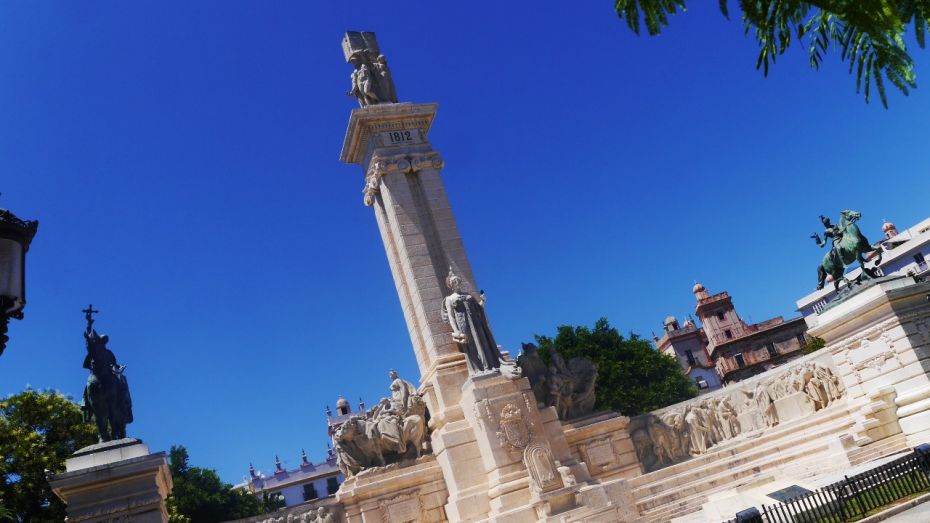
The complex consists of a large hemicycle (a semicircular structure) with a central pillar 32 meters (105 feet) high with four attached Ionic pilasters and in front of it, a platform.
The allegories included in the central area of the monument represent War, Peace, Agriculture, and Industry. The Cortes are represented by an allegory of Justice, on the platform in front of the pillar.
The reliefs depict the resistance of the city of Cádiz against the Napoleonic invasion and during the Spanish War of Independence (1808-1814).
At both ends of the hemicycle are two equestrian figures, and on either side of the central pillar are sculptural groups representing citizens marching to war and the fruits of peace. At the back of the monument is the figure of Hercules, the symbol of the city of Cádiz.
The surroundings of Plaza de España also host some unique buildings, such as the Casa de las Cuatro Torres and the Aduana building.
Monument to the Constitution of 1812: Useful Information
- Address: Plaza de España s/n 11006 Cádiz, Spain
- Opening Times: All day
- Ticket Prices: Free Entry
- Tickets & Tours: Book Now
19. La Victoria Beach
If you’re traveling to Cádiz in the summer, you’ll likely want to visit its best beach.
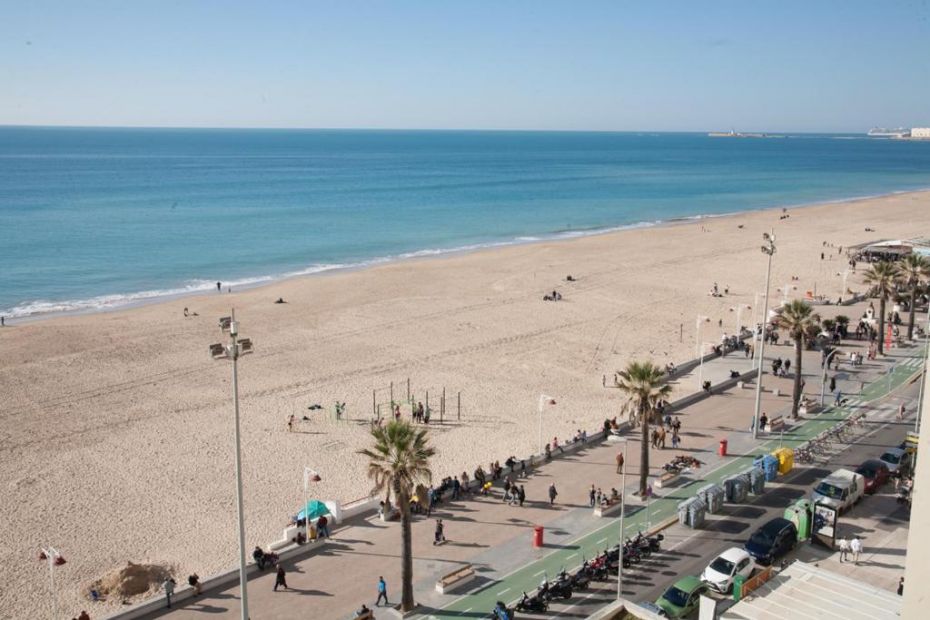
La Victoria Beach is one of the largest and most popular in Cádiz, located outside the historic center, on the isthmus that connects the center with the mainland.
Surrounded by the most modern areas of Cádiz, this large beach is nearly 3 kilometers (2 miles) long and 180 meters (590 feet) wide, offering fine golden sands and moderate waves.
Due to its location and popularity, La Victoria Beach offers all the services for bathers, including restrooms, showers, sunbeds, access points for people with reduced mobility, and a large promenade with beach bars, restaurants, and shops.
20. Santa María del Mar Beach
Like La Victoria, Santa María del Mar is another one of the most popular beaches in Cádiz.
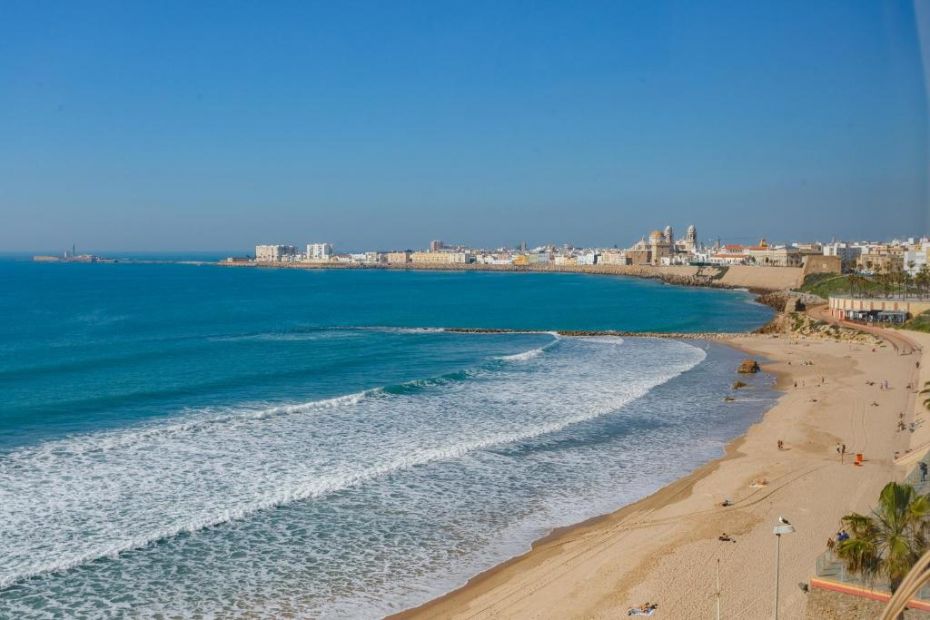
Also known as “Las Mujeres Beach“, this bathing area is very close to the historic center.
Protected by breakwaters, Santa María del Mar has calmer waves than La Victoria and is very popular with families.
In the winter months, this beach becomes a significant destination for windsurfing and kitesurfing enthusiasts.
21. Santa María Neighborhood
Santa María is a neighborhood located in the historic center of Cádiz, next to the El Pópulo neighborhood.
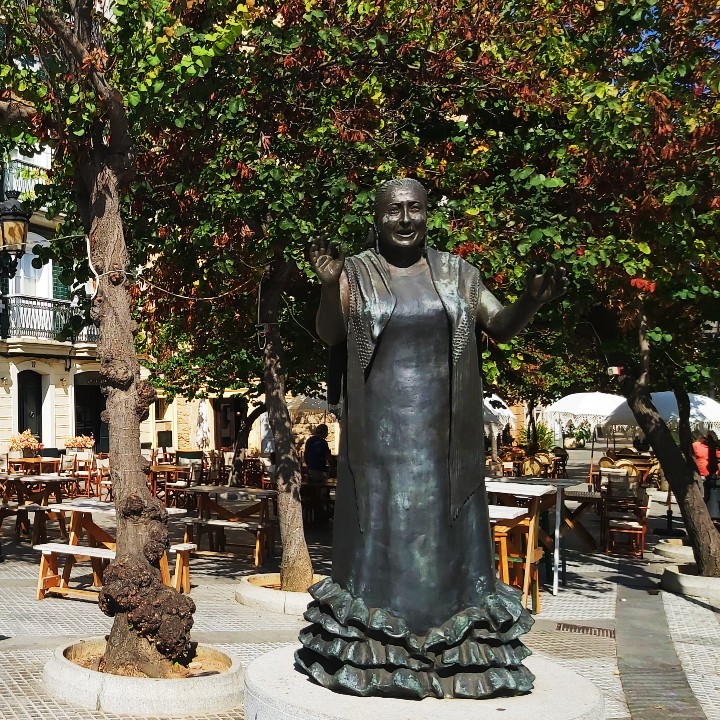

Santa María is one of the oldest neighborhoods in the city. This area emerged in the 15th century as an outlying settlement outside the walls that was later absorbed by the city after the construction of Cádiz’s last walls. It is named after the Santa María chapel, which later became the Santa María convent.
Santa María is considered the cradle of flamenco. The birthplace of Enrique el Mellizo, one of the fathers of cante jondo, this neighborhood has traditionally been a humble area but is rich in history.
Its small and winding alleys invite exploration.
22. Casa de Iberoamérica
The Casa de Iberoamérica, which used to be the old Royal Prison, is a cultural center located in the Santa María neighborhood, very close to the Roman Theater.
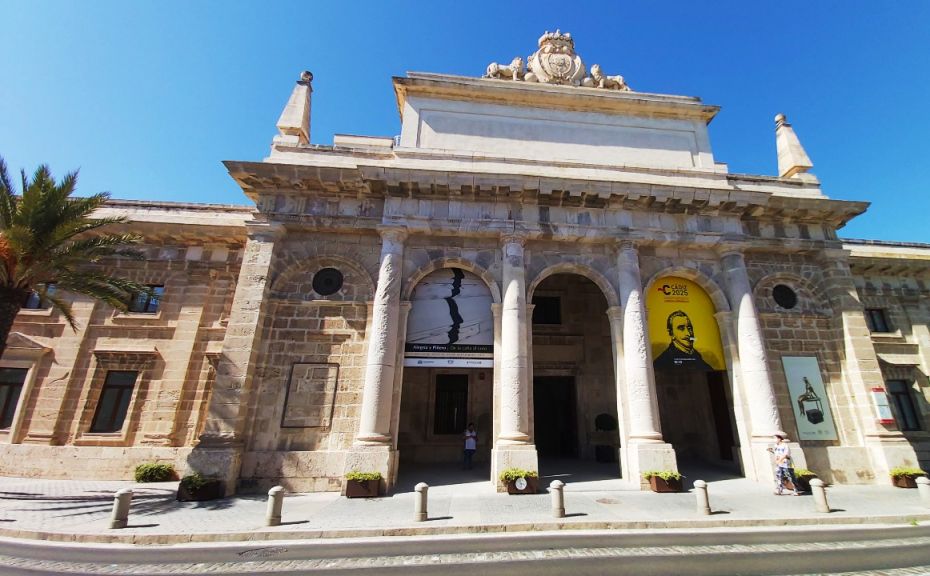
This elegant building is one of the most important in the “Cádiz of the Indies“. Its construction began in 1794 and was completed in 1836.
The porticoed facade is supported by pilasters and its central body by Doric columns, giving it a monumental character that fits more with its current function as a museum than with the original purpose it was built for.
Today, the Casa de Iberoamérica hosts events and artistic and cultural exhibitions, especially related to Latin America.
Casa de Iberoamérica: Useful Information
- Address: C. Concepción Arenal, s/n, 11006 Cádiz, Spain
- Opening Times: Tuesday to Friday: 10:00 AM – 2:00 PM / 6:00 PM – 9:00 PM, Saturday: 11:00 AM – 2:00 PM / 6:00 PM – 9:00 PM, Sunday and Monday: closed
- Ticket Prices: General: €2 ($2.25), guided tour: €3.50 ($4)
23. Gran Teatro Falla
The Gran Teatro Falla is the most important theater in the city of Cádiz.
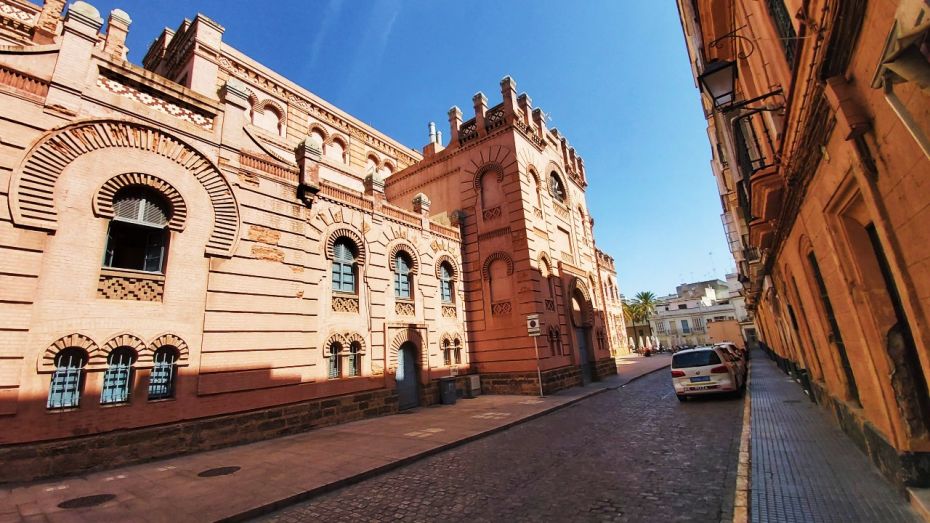
It is located in Plaza Fragela, across from the Casa de las Viudas and adjacent to the Faculty of Medicine at the University of Cádiz.
Construction of the theater began in 1884 and was completed in 1905. It was known as the “Gran Teatro” until 1926 when it was renamed after the Cádiz-born composer Manuel de Falla.
The Gran Teatro Falla features a Neo-Mudéjar style. Built of red brick, its structure is notable for its three large horseshoe arches on the main facade.
The stage is 18 meters (59 feet) wide and 26 meters (84 feet) deep. The ceiling of its main hall showcases an allegory of Paradise.
Every February, the Gran Teatro Falla is the stage for the artistic competitions of the Cádiz Carnival. During the rest of the year, the theater hosts all kinds of performances, such as plays and concerts.
24. Plaza de San Juan de Dios and Cádiz City Hall
Cádiz City Hall is located at the southern end of Plaza de San Juan de Dios, next to the church of the same name and surrounded by palm trees, bars, and people.
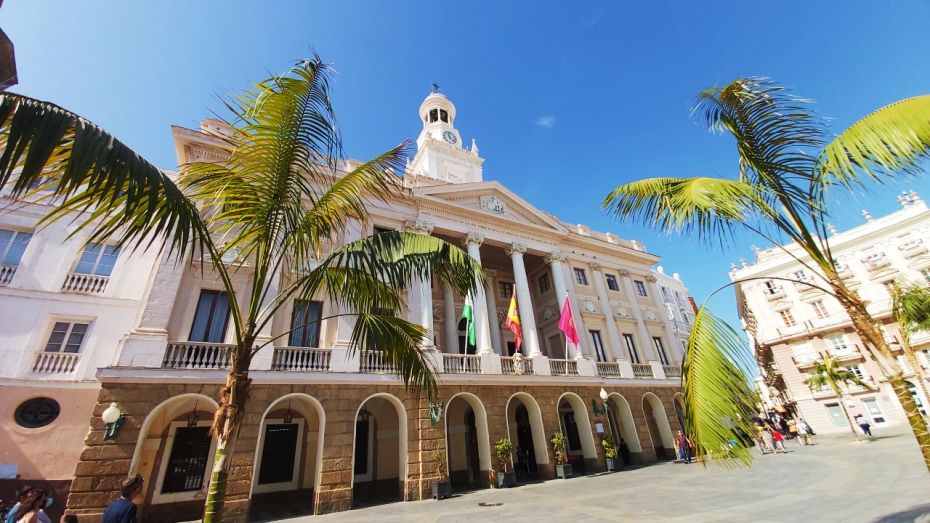
The current City Hall building began construction in 1799 after the demolition of the old Town Hall, which was located on the same site.
Due to budget problems, construction was divided into two parts. The first followed the original neoclassical plan, and the second in 1861 in an Elizabethan style.
25. Plaza de San Antonio
Plaza de San Antonio is located in the center of Cádiz. It is one of the city’s largest squares and is significant for its history and monuments.
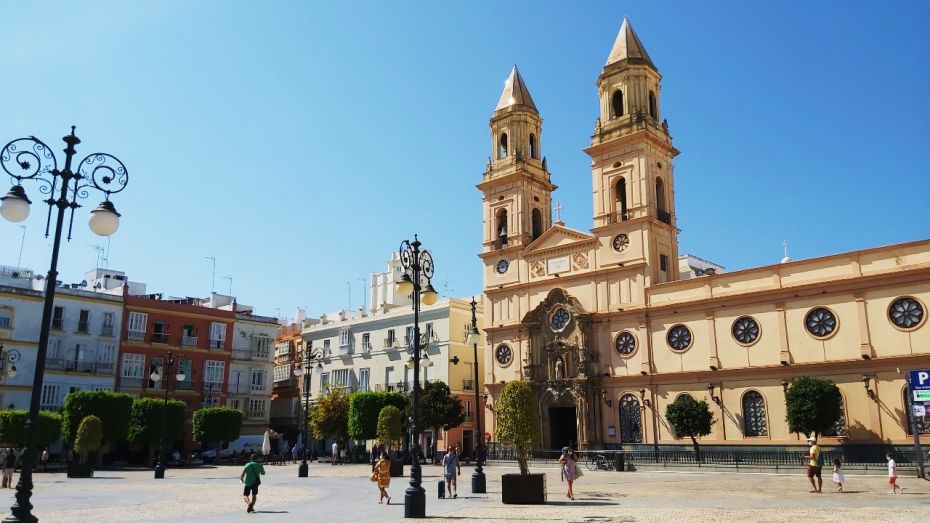
It was in Plaza de San Antonio that the Constitution of 1812 was proclaimed, and in 1820, it was also the scene of the bloody repression of the liberal movement.
Plaza de San Antonio is currently one of the civil and religious centers of Cádiz. Around it are famous monuments and buildings such as the Church of San Antonio, the Provincial Library, the Pemán House, the former Aramburu Bank, the Casino, and the Argentine Consulate.
26. Taberna Casa Manteca
Obviously, we couldn’t talk about the best things to do in Cádiz without mentioning its typical cuisine and its most iconic place to eat.

Located in the La Viña neighborhood, Taberna Casa Manteca consists of two different locales on either side of Corralón de los Carros street. One is dedicated to fried tapas (hence the name), and the other to cold cuts and cheeses.


Casa Manteca is the place to go in Cádiz if you are looking for the best tapas, fried fish, Iberian cold cuts, chicharrones, cheeses, and local wines.
27. Mina Square
Mina Square is a beautiful public space located in the center of Cádiz and is noted for its special historical, artistic, and natural value. It is located on the grounds that once housed the orchard of the San Francisco convent.
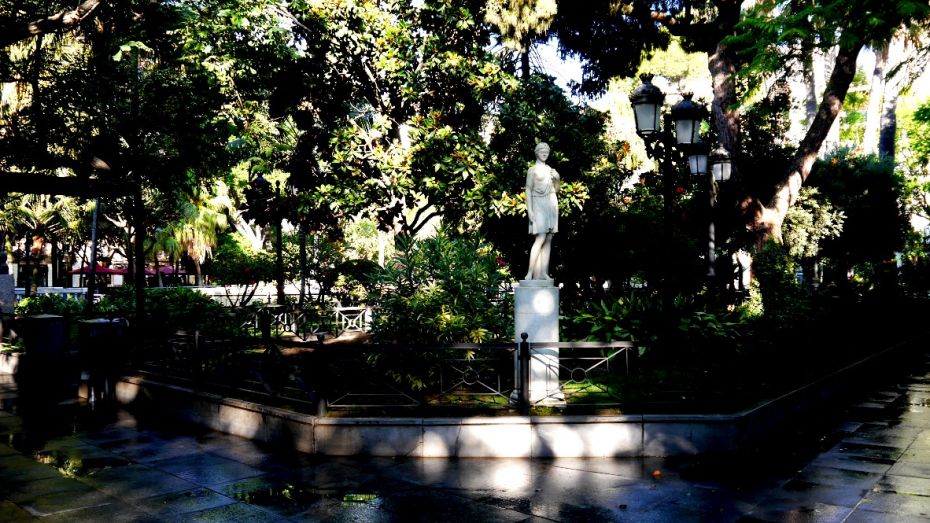
After Genovés Park, Mina Square is one of the city’s richest corners in tree species. Its gardens include ficus, jacarandas, acacias, Canary Island palms, and agaves.
The square is surrounded by beautiful palaces of various styles, including baroque-influenced houses, late neoclassical, and Elizabethan styles.
At the north end of the square are the Fine Arts Academy, part of the Cádiz Museum, and the School of Applied Arts and Artistic Trades.
28. Cádiz Tower
The Tavira Tower II, more commonly known as the “Pirulí of Cádiz” (Spanish for “lollipop”), is a telecommunications tower located in the modern area of the city.
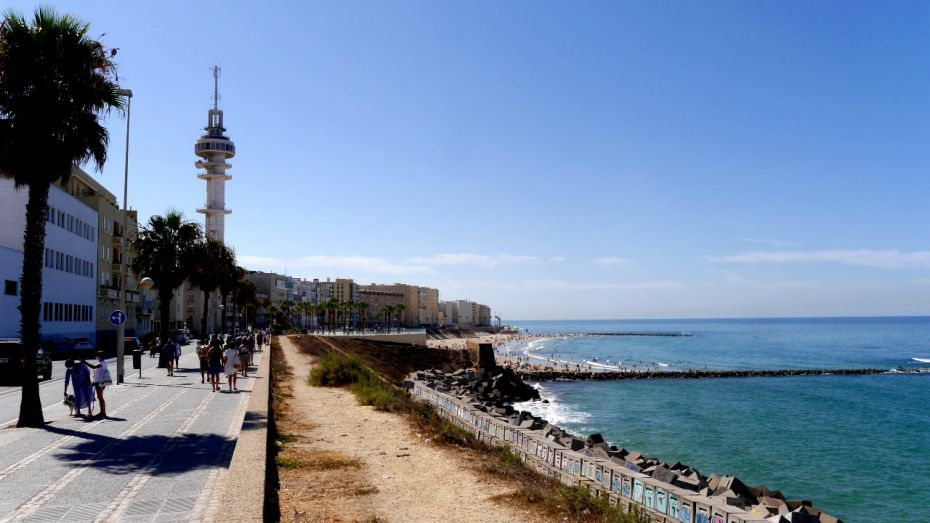
Standing at 114 meters (374 feet) tall, the Pirulí is the tallest building in the city.
It was inaugurated in 1992, and its structure consists of a white reinforced concrete shaft with four open platforms and an antenna mast.
Currently, the tower is closed to the public, but there are plans to open its viewpoint.
30. Constitution of 1812 Bridge
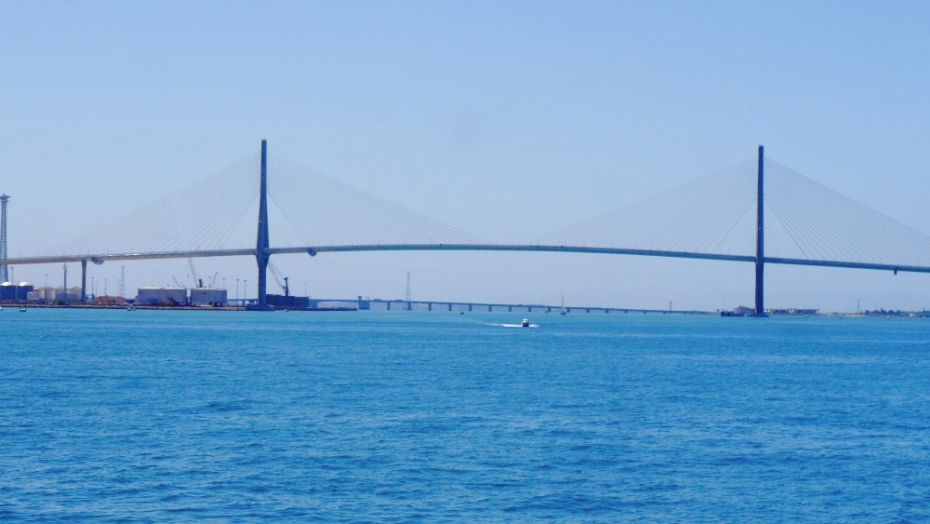
The Constitution of 1812 Bridge is a cable-stayed bridge that spans the Bay of Cádiz and connects the city to the mainland.
It is the third bridge to connect Cádiz (after the isthmus link to San Fernando and the Carranza Bridge).
Construction began in 2008, and it was opened in 2015. Upon its inauguration, it became the cable-stayed bridge with the longest span in Spain, at 540 meters (1,772 feet).


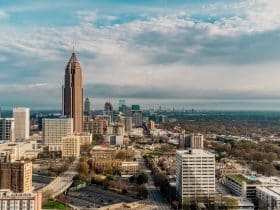
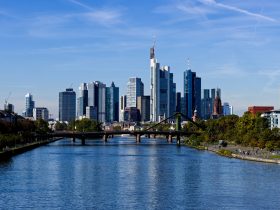

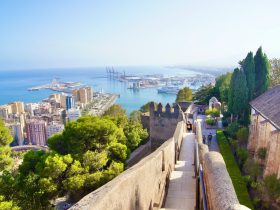
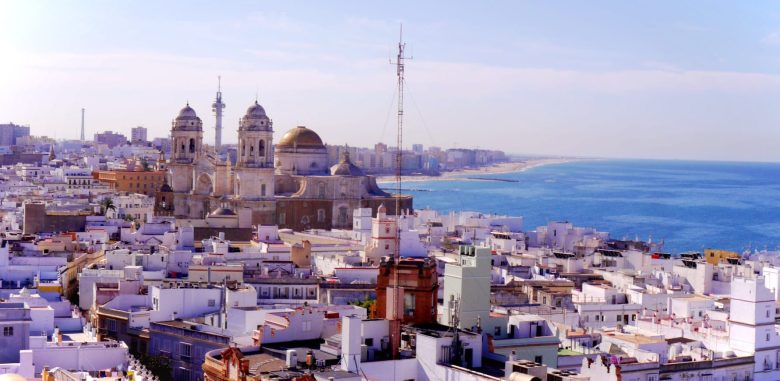
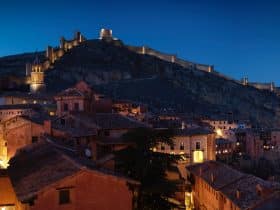
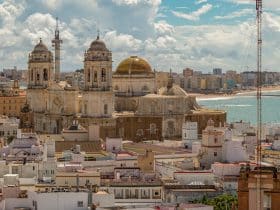



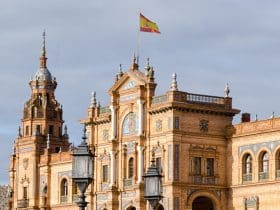



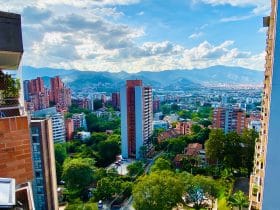
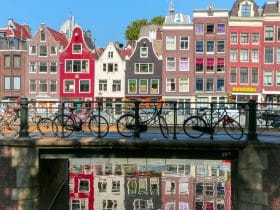

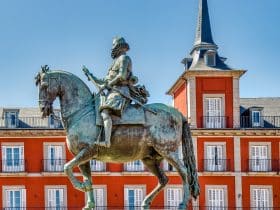
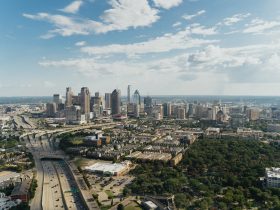





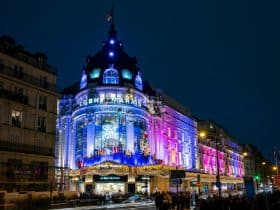

Leave a Reply
View Comments